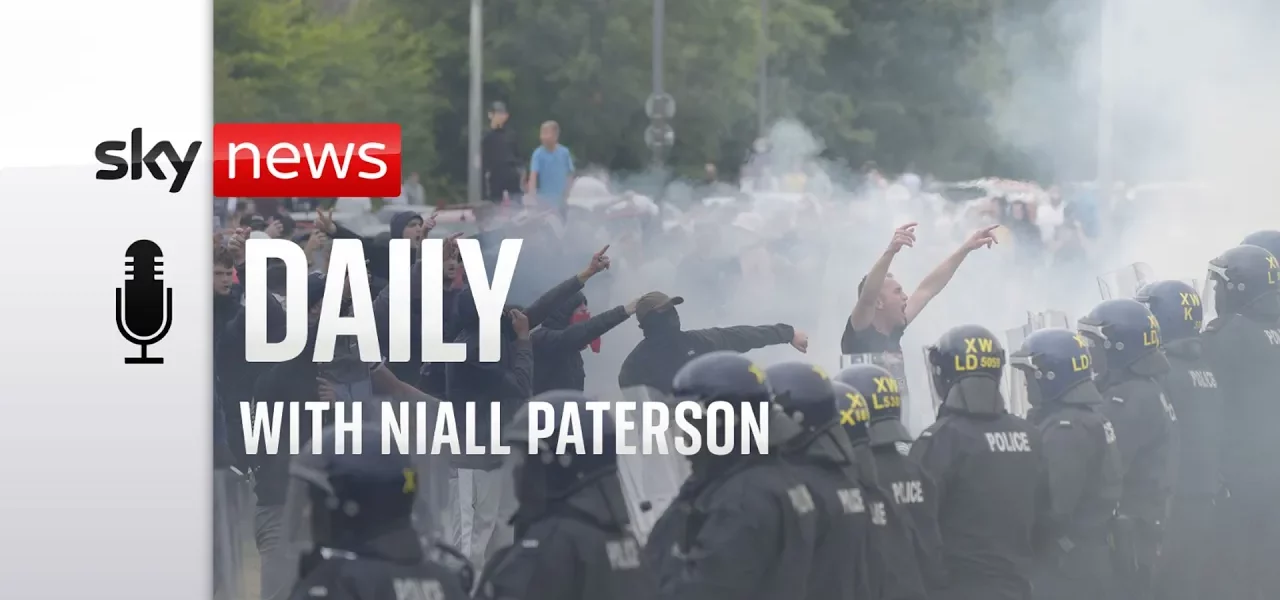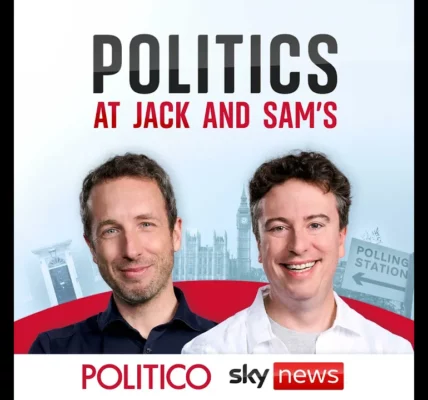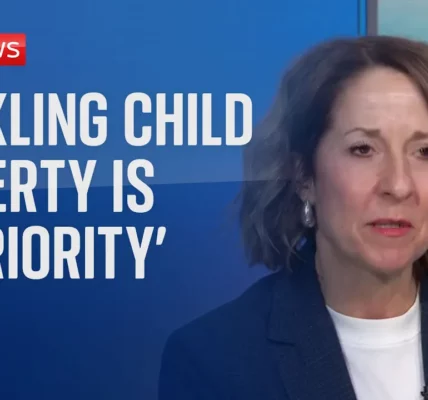Riots and Public Disorder: A Look into Southport’s Recent Unrest

This article examines the recent civil unrest in Southport, focusing on the implications of the riots, police responses, and the judicial process following the tragic deaths of three girls at a Taylor Swift-themed dance class. We delve into the events that unfolded, the individuals involved, and the broader societal impacts.
Introduction
The tragic deaths of three young girls during a Taylor Swift-themed dance class in Southport have triggered a wave of violence and unrest across the region. What began as a community mourning has escalated into riots, assaults, and public disorder, leaving many to question the effectiveness of law enforcement and the judicial system in coping with such crises. This article seeks to provide a detailed overview of the events, the responses from the police and the courts, and the societal implications of these actions.
The Events Leading to the Unrest
The unrest in Southport can be traced back to the unfortunate incident involving the three girls. The community’s grief quickly spiraled into chaos, with reports of looting, assaults on police officers, and targeted attacks on local businesses and mosques.
Key Incidents
- Violence erupted in various neighborhoods, leading to significant property damage.
- Police officers were assaulted while attempting to restore order.
- Community gatherings turned into protests, some of which escalated into riots.
These incidents not only highlight the immediate consequences of the unrest but also raise questions regarding the motivations behind such violence and the profiles of individuals involved.
The Profile of Rioters
As the police began to arrest individuals involved in the riots, a diverse range of profiles emerged. This section explores the backgrounds of some of those apprehended, emphasizing the unpredictable nature of such public disorder.
Young Offenders
One notable case involves a 14-year-old boy who had never encountered legal trouble before. Caught on CCTV with fireworks, he claimed to have been merely passing through when he joined a group of rioters:
- His actions were described as out of character by his lawyer.
- He expressed remorse during his court appearance.
Older Individuals
Conversely, a 69-year-old man, also without prior offenses, was arrested after becoming involved in the chaos. His case showcases the range of ages affected by this unrest:
- This indicates that public disorder spans across demographics.
- Many individuals appear to have been drawn into the violence rather than premeditating it.
Judicial Responses to the Riots
The judicial system has faced challenges in processing the numerous cases stemming from the riots. This section examines how courts are handling these cases and the implications for justice.
Processing the Arrested Individuals
In the wake of the unrest, courts have been inundated with cases. Reports indicate that:
- Judges are fast-tracking cases to manage the high volume of arrests.
- Sentencing dates have been set sooner than usual to expedite justice.
Public Sentiment
Inside the courts, the mood has varied significantly. While some individuals have shown remorse, others displayed defiance:
- Instances of disrespect towards judges were noted.
- Family members have shown emotional responses, highlighting the personal impact of the unrest.
The Role of Police in Managing Unrest
The police have been at the forefront of managing the riots and restoring order. Their strategies and effectiveness in dealing with ongoing protests are critical in understanding the full scope of the situation.
Police Capacity and Readiness
Authorities have stated that they are prepared for the anticipated protests. With a mobilization of riot-trained officers, they have attempted to ensure public safety:
- The police have emphasized their readiness to cope with ongoing unrest.
- However, the challenges of deploying resources effectively remain evident.
Public Perception of Police Action
Mixed feelings about police actions during the riots have emerged:
- Some believe that police intervention was inadequate at critical moments.
- Concerns about perceived disparities in how different groups are policed have been raised.
Conclusion
The recent riots in Southport serve as a stark reminder of the fragility of social order and the complexities involved in managing public unrest. As the community grapples with grief, anger, and the consequences of violence, the effectiveness of police response and the judicial system’s ability to deliver justice will be pivotal in restoring peace. It is crucial for authorities to learn from these events to prevent future occurrences and ensure justice is served swiftly and fairly.
For further insights and updates on this evolving situation, stay tuned to our daily coverage.
“`




